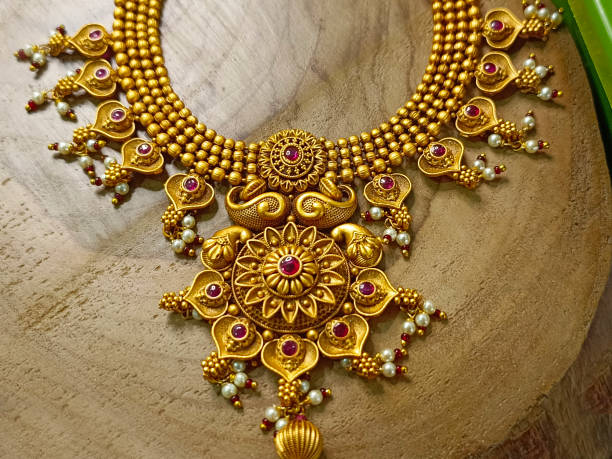
Jewelry or jewelry? The difference lies not only in spelling but also in cultural and regional nuances. Understanding the distinctions between these two terms unveils a rich tapestry of history, language evolution, and contemporary significance.
Introduction to Jewelry vs. Jewellery
In the world of adornment, the terms “jewelry” and “jewellery” are often used interchangeably, but their usage varies based on geographical location and language conventions.
Historical Context of Jewelry and Jewellery
The history of jewelry/jewelry dates back thousands of years, with civilizations crafting ornaments for ceremonial, religious, and aesthetic purposes. The term “jewelry” finds its roots in American English, while “jewellery” is more prevalent in British English.
Spelling Variations Across Regions
The distinction in spelling reflects the linguistic diversity across English-speaking regions. While Americans predominantly use “jewelry,” the British and many Commonwealth countries favor the spelling “jewellery.”
Differences in American and British English
The variance in spelling is emblematic of broader differences between American and British English, encompassing vocabulary, grammar, and pronunciation.
Evolution of Language and Spelling
Language is dynamic, and spelling conventions evolve. The preference for “jewelry” or “jewellery” may shift with cultural influences and linguistic trends.
Cultural Significance of Jewelry/Jewellery
Jewelry/jewelry holds profound cultural significance worldwide, symbolizing wealth, status, love, and heritage. Its meanings vary across cultures and societies.
Types of Jewelry/Jewellery
From rings and necklaces to bracelets and earrings, the realm of jewelry/jewelry encompasses a diverse array of adornments, each with its unique aesthetics and symbolism.
Jewelry/Jewellery in the Fashion Industry
The fashion industry plays a pivotal role in shaping trends and perceptions surrounding jewelry/jewelry, influencing consumer preferences and design aesthetics.
Materials Used in Jewelry/Jewellery Making
Gold, silver, diamonds, gemstones, and various metals and minerals serve as primary materials in jewelry/jewelry making, each contributing to the piece’s allure and value.
Investment Value of Jewelry/Jewellery
Beyond its aesthetic appeal, jewelry/jewelry often serves as a tangible investment, with certain pieces appreciating over time due to their rarity and craftsmanship.
Personalization and Customization Trends
Personalization and customization have emerged as prominent trends in the jewelry/jewelry industry, allowing individuals to imbue their pieces with personal significance and style.
Jewelry/Jewellery Trends Across Time
Jewelry/jewelry trends ebb and flow with changing tastes, reflecting cultural movements, technological advancements, and societal values.
Impact of Technology on Jewelry/Jewellery Industry
Technological innovations, such as 3D printing and CAD/CAM design, have revolutionized the jewelry/jewelry industry, enabling greater precision, efficiency, and creativity in production.
Sustainability in Jewelry/Jewellery Production
As environmental and ethical concerns gain prominence, sustainability practices are increasingly integrated into jewelry/jewelry production, from sourcing ethically mined materials to reducing carbon footprint.
Conclusion: Embracing Diversity in Language and Style
Whether spelled “jewelry” or “jewellery,” the allure of adornment transcends linguistic nuances. Embracing the diversity of language and style enriches our appreciation for the craftsmanship, symbolism, and cultural significance of jewelry/jewelry.


